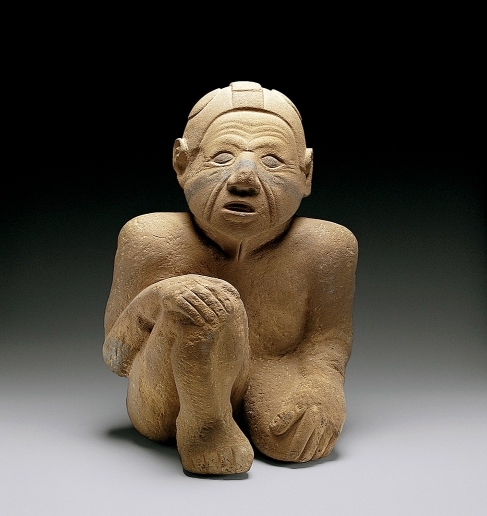Published in the Pulaski Citizen, April 24, 1902
I came across this article while researching my book, A Page from the Past. It is interesting that the editor of the Citizen in 1902 attributed these old graves to mound builders and also offered other opinions, which we now know are not accurate. – Claudia
After noticing the more material destruction wrought by the recent flood there is interest and fascination in studying some of its freaks which appeal more to sentiment and the student. Ancient graves were washed up in several places. The editor visited one of these Monday. On Dave Wade’s farm between his residence and Richland Mill, the flood washed up what is called an “old Indian graveyard.” The burying place was located on a knoll rising greatly from the creek and evidently supposed to be above high water by the prehistoric people who buried their dead there with such care. But all trace of a graveyard had long since disappeared and not even a tradition remained among the old Negroes in the neighborhood.
The field was worth $60 an acre before the flood and last year 16 acres including the old graveyard produced 14 bales of cotton. The land had been in cultivation long before it come into possession of Mr. Wade and as stated there was neither trace nor tradition of a graveyard.
But when the creek spread over the bottoms as never before this knoll extending down into the bend of the creek land suffered great destruction by the swift current flowing across it. The soil was swept away and when the flood receded the graves were exposed. We cannot tell how deep the bodies were originally buried nor how many were swept away leaving no trace.
About a dozen graves were left exposed. Some of these are graves of small children. The vaults were formed somewhat similar to vaults in graves today. Thin slabs of limestone evidently brought from some distance perhaps across the creek are placed edgeways along the sides and ends. The graves are about 2 feet to 6 feet in wide indicating that the bodies were buried on the side as they are too narrow to permit a body to lie on the back as we bury and persons who first looked into the graves say the skeletons were laying on the side. The body had been placed in the vault which was covered by other flat rocks and thus it was expected by the mourners and loved ones who placed it there that the body would rest undisturbed to the end of time. But when the flood exposed these carefully prepared vaults, they were soon opened and in the absence of other souvenirs the tones of these ancient people were carried away.
A seashell was found in one grave, but the others contained nothing but decayed bones.
The Indians who occupied this country up to about one hundred years ago did not usually bury their dead with such care. They simply opened a grave, wrapped a blanket around the dead body, laid it in the shallow grave and filled in the earth.
Students of ethnology claim this county was inhabited by a race of idol worshipping people, commonly called the “Mound Builders,” who were driven out by the Indians. These mound builders are believed to have been superior to the Indian in many respects, but they worshipped idols while the Indian worshipped the “Great Spirit,” and some students account for the complete annihilation of the Mound Builders by an inferior people on this hypothesis.
The graves recently washed up on the Wade farm may have some connection with a discovery made about 30 years ago in the bluff on the opposite side of the creek. Dave Inman, who lived at the Mrs. Hays place, went to some dogs that had chased a rabbit into the rocks on the bluff. Among the rubbish he found to small clay figures, one the form of a man, the other a woman. They were in sitting posture, perhaps 4 or 5 inches high, the familiar clay idols of the Aztecs. Dr. Grant at that time took a good deal of interest in such matters and Joe Lindsey secured the figures for him. Later Dr. Grant, Joe Lindsey, Ben Epperson and Tully Brown made some excavations and found a number of bones near where the idols were found.
The photo above is not, of course, from the cave mentioned in this article. It is, however, from Tennessee. It is a Tennessee’s State Artifact, a Mississippian stone statue from Wilson County Tennessee. Photo by David H. Dye.

